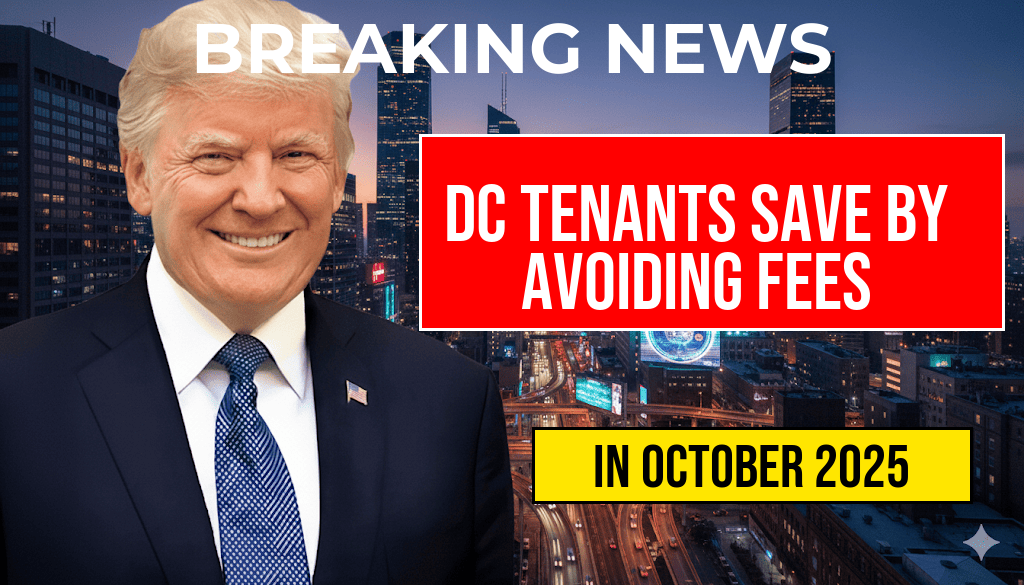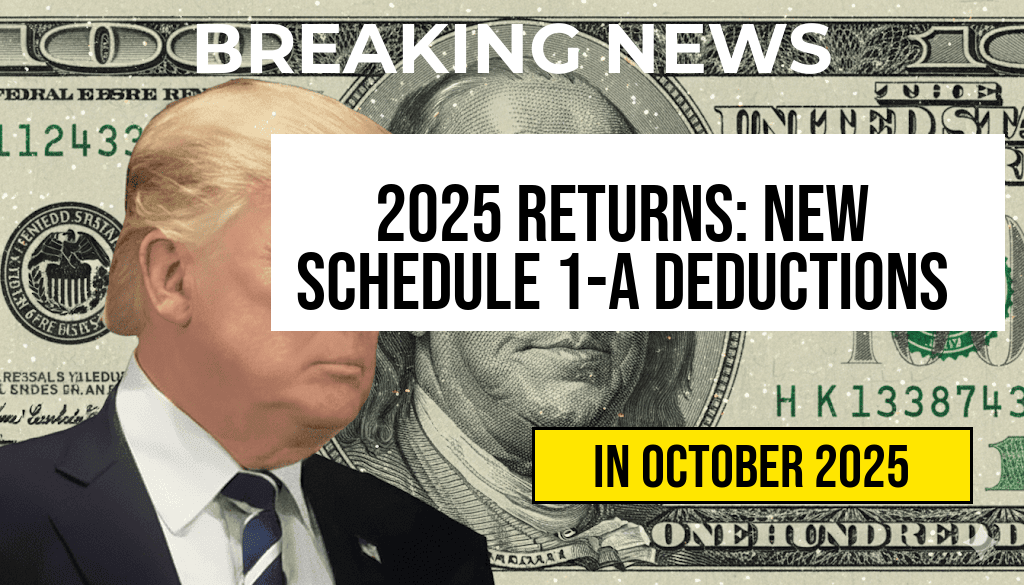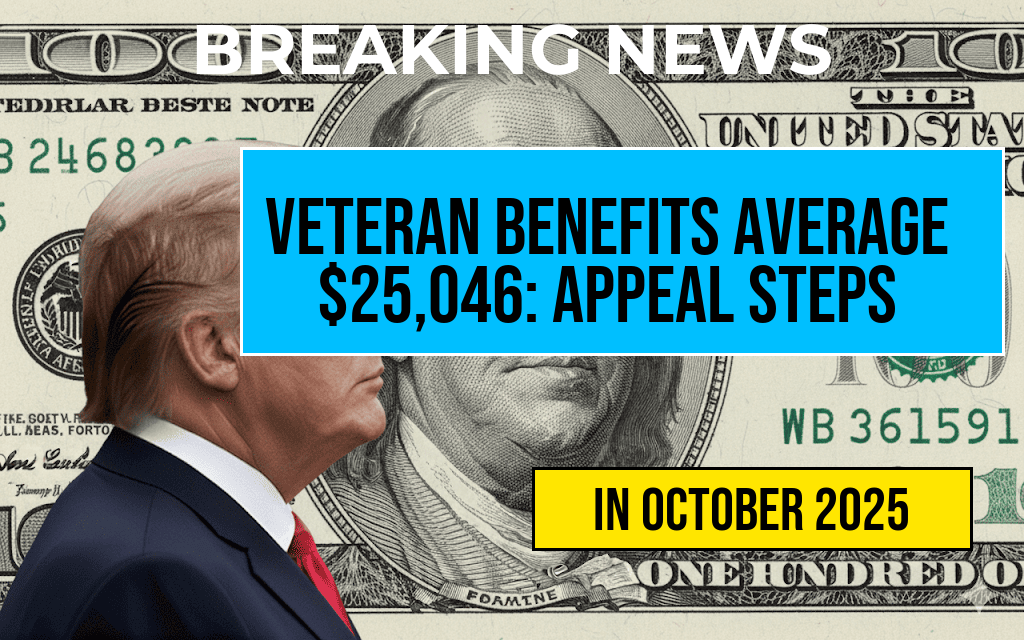Raising the minimum wage to $25 an hour at major employers is projected to significantly enhance the annual income of full-time workers by approximately $10,400. This proposed change is garnering attention amid ongoing debates about wage equity and living standards across the United States. By implementing such a wage increase, advocates argue that it could not only improve the quality of life for millions of workers but also stimulate local economies. Research indicates that higher wages often lead to increased consumer spending, which can benefit businesses and drive economic growth. As more states and municipalities consider such measures, the implications of a $25 minimum wage are becoming a focal point in discussions about labor rights and economic policy.
Potential Economic Impact
The economic implications of raising the minimum wage to $25 an hour extend beyond the individual worker’s paycheck. A recent analysis highlighted several key benefits:
- Increased Disposable Income: Workers earning a higher wage have more money to spend on essentials, boosting local businesses.
- Reduction in Poverty: A significant wage increase could lift many out of poverty, reducing reliance on government assistance programs.
- Improved Worker Retention: Higher wages may lead to better job satisfaction and lower turnover rates, which can save employers money in the long run.
Case Studies and Precedents
Several jurisdictions have already initiated substantial increases to their minimum wage, providing valuable case studies. For example, Seattle’s gradual increase to $15 an hour has been closely monitored. According to a study published by the Seattle Times, the move did not result in significant job loss and improved the financial stability of many workers. Similarly, San Francisco’s wage policies have shown that increased wages do not necessarily lead to decreased employment opportunities.
Public Opinion and Political Landscape
Public sentiment around minimum wage increases has shifted in recent years. A recent Gallup poll indicated that nearly two-thirds of Americans support raising the minimum wage to $15 or higher. Advocacy groups argue that a $25 minimum wage is both a necessary and achievable goal, especially in light of rising living costs in urban areas. Political leaders in various states are beginning to respond to this growing demand, with some proposing legislation aimed at achieving this higher wage.
Challenges and Concerns
Despite the potential benefits, there are challenges associated with implementing such a significant wage increase. Critics argue that a sudden jump to $25 could lead to unintended consequences such as:
- Increased Unemployment: Some economists warn that businesses may cut jobs or reduce hours to manage increased labor costs.
- Inflationary Pressures: A significant wage increase could lead to higher prices for goods and services as businesses adjust to higher payroll expenses.
- Impact on Small Businesses: Smaller companies may struggle to afford the new wage, potentially leading to closures or reduced hiring.
Conclusion: A Balanced Approach
As discussions around raising the minimum wage continue, finding a balanced approach that considers both workers’ needs and the realities of business operations is essential. Policymakers are tasked with evaluating these factors carefully to create a sustainable economic environment. As more data becomes available from jurisdictions that have successfully implemented wage increases, it may provide valuable insights for future legislation.
| Employee Status | Current Minimum Wage | Projected Income Increase |
|---|---|---|
| Full-Time (40 hours/week) | $15/hour | $10,400 |
| Part-Time (20 hours/week) | $15/hour | $5,200 |
For more information on the effects of minimum wage increases, you can visit Forbes or explore resources on Wikipedia.
Frequently Asked Questions
What is the proposed minimum wage increase discussed in the article?
The article discusses a proposed increase in the minimum wage to $25 at major employers.
How much could full-time workers earn more annually if the minimum wage is raised?
If the minimum wage is raised to $25, full-time workers could see an increase in their annual income by $10,400.
Who would be affected by this minimum wage increase?
The proposed increase would primarily affect full-time workers employed by major companies.
What are some potential benefits of raising the minimum wage to $25?
Raising the minimum wage to $25 could lead to increased disposable income for workers, improved employee morale, and potentially stimulate local economies.
Are there any concerns associated with raising the minimum wage to $25?
Some concerns include the potential for job loss or reduced hiring as employers adjust to the higher wage costs, and possible increases in prices for goods and services.







